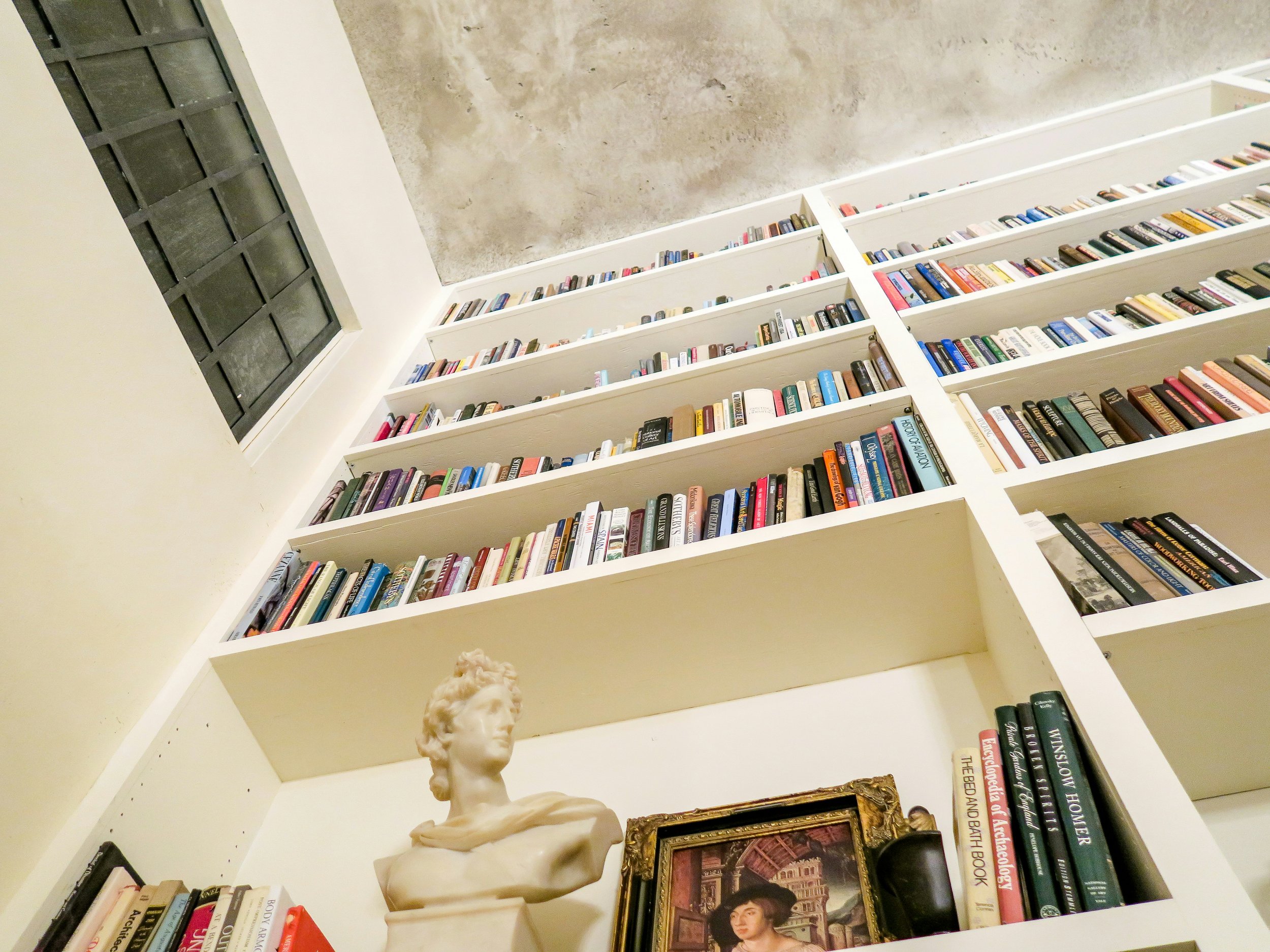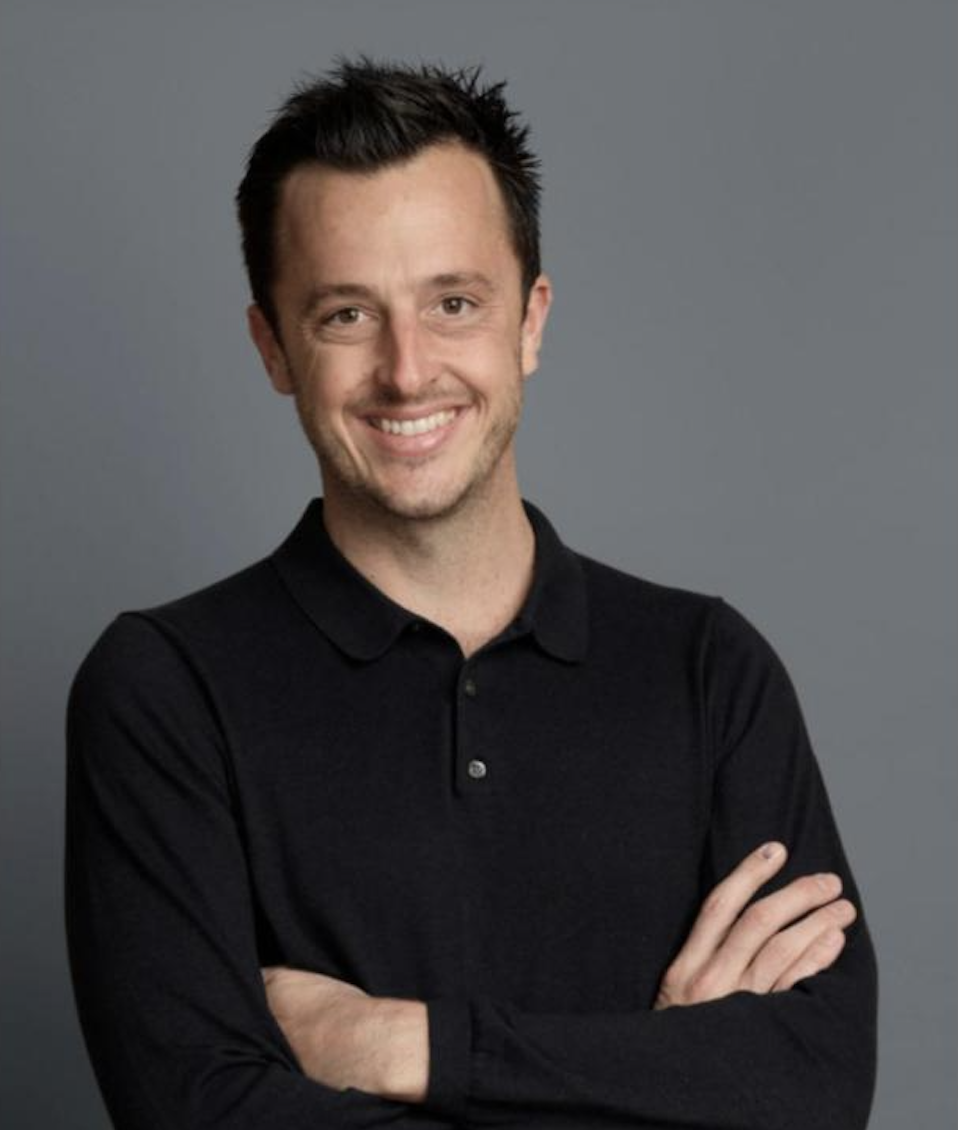What I learnt on coaching from being part of an innovation team
The team in front of our tested business model canvas
In Spring 2017 I received an invitation to join forces with a global team of designers and IMD MBA students led by my mentor and friend Greg Bernarda to turn a new business idea into a tested business model in just 5 weeks.
Of course, I accepted the invitation and took a plane to Lausanne, Switzerland in July. I want to share here the key learnings and innovation insights gained from joining a fascinating team adventure. And what I was reminded of by using the business model innovation toolkit as the innovator, not the coach.
Mission: 21st century business models
It all started from a realisation by Greg Bernarda, business model innovation expert and co-author of bestselling book Value Proposition Design. Greg had witnessed multiple times how the stories and case studies he shares in innovation workshops create lasting memories for participants and often inspire them with a sense of new possibilities.
The reason is that the stories Greg tells are quite different. Sadly, most of the stories of the business world tell a templated romanticised tale of accelerated growth and heroic capitalistic journey culminating in the delivery of value, often restricted to a very narrow financial view. The shiny paint that professional storytellers spray over those successful businesses and their leaders turn them into heroes for the masses, into employers of choice and CEOs of the year.
But are those really the only business stories worth sharing?
Greg and I thought otherwise. We know that every day, somewhere on our planet, there are people busy bringing into the world new ways of working, being, and living. New solutions, business models and organisations are advancing our society far from the spotlights. We’ve fallen in love with these stories. Because they speak of a new possibility for all of us: to become the architects of our own future. To be the leaders who create - in the words of Pixar executives - a future we want to belong to.
Ever since Greg had shared his realisation with me, a question lingered at the back of our mind: could we build a business around inspiring stories and innovation case studies?
That question remained in the air for a long time, as already busy agendas often rule our lives. But in spring 2017 wheels suddenly started to get in motion. Greg and Alex Osterwalder gave a lecture on entrepreneurship and innovation to IMD students as part of their MBA cursus. They got a great response from the audience and some students reached out after the lecture asking for more and investigating whether they could use the 5-week break in their MBA programme in the summer for an internship focused on innovation and entrepreneurship.
Greg saw the opportunity there to kill two birds with one stroke. First with the help of MBA students we would have enough research capacity to properly investigate the business idea we had been discussing. And then we could also test a hands-on entrepreneurship programme for IMD MBA students that would complement their classroom teaching.
With that in mind, Greg designed a 5-week internship programme for IMD MBA students passionate about entrepreneurship, and he selected 3 students to join our business model exploration: Tiago from Portugal, Rory from Botswana and Zehra from Pakistan.
Moreover, Greg reached out to his close team of innovation coaches, designers, writers, friends that he regularly works with on innovation projects and offered them to join a 5-week business exploration. Alvaro from Spain, Augustin from Switzerland, Lucy from China and myself from Australia. We all said yes. Finally, he asked Alex Osterwalder, inventor of Business Model Canvas and co-author of Business Model Generation and Value Proposition Design, to act as our innovation coach along the way.
At that point I really started to get a strong Ocean’s Eleven feeling…
Lessons from the other side
In my consulting work I use the business model innovation toolkit to help clients on their innovation ideas all the time, but spending time on the other side of the coaching fence reminded me of three critical responsibilities we have as innovation coaches.
1. The team needs help from the coach to find their depth & speed sweet spot
Teams that are new to innovation need to learn how to work iteratively. In a typical 2-3 day innovation workshop, teams are forced by design to work in ridiculously short time boxes at a breakneck pace. Why? It helps them learn to work iteratively, get regular feedback, and more opportunities to course correct. The downside of this approach when taken to the extreme is that - even with great tools in their hands - teams can get used to producing mediocre outcomes.
When working on the 21st century business models project, and documenting the first versions of the value proposition canvas for our various customer segments, Greg and I were two polar opposites on speed and depth. Greg’s preference is for depth. And getting to deep, meaningful insights often takes longer than the 50 minutes allowed by the time box. Greg can become frustrated when a shallow outcome is produced with the tools he helped build. He’s willing to spend the extra time required to get enough depth. And having witnessed him in action I fully understand that this approach works for him. But my personal preference is for speed. I like to get through a prototyping iteration on the value proposition canvas quickly with all my current ideas, let it rest, sleep on it and come back to the canvas for another rapid iteration when I have new inputs, and then another one, etc. until I have reached a feeling of clarity and depth.
Which approach is best?
I learnt in Switzerland that this question is irrelevant. The reality is that to be successful in the innovation game you need both speed and depth. Focus on speed only and you’ll have teams of innovators with a false sense of progress when all they do is moving sticky notes. Focus on depth only and you’ll lose yourself in an idea maze.
Innovators must learn to manage this paradox to progress. And as innovation coaches we need to observe, sense and adapt our coaching to find the dosage of depth and speed right for our teams.
Greg Bernarda exploring the value proposition for educators
2. The team needs to get out of the building ASAP
The most terrifying realisation for me was how oblivious a group of professional innovation coaches could be to the most common advice we give to our clients.
I won’t go into the most humiliating details but, on that side of the fence, I realised how easy it is to stay in the comfy room provided by IMD with a lot of wall space, large windows on a beautiful park and free coffee.
Lucky for us we had Alex Osterwalder acting as our innovation coach and he reminded us with his typical gentle touch to “get out of the building” to test our ideas, and to not fall in love with our first idea… with a few more expletives that unfortunately I can’t publish here.
Over there in Lausanne, I realised how critical the coach is to help the team get out of the building as soon as possible. Even when entrepreneurs or intrapreneurs know the methodology, when they have been trained, when they have previous innovation experience, coaching remains critical to unlock them, and prevent them from losing their most precious resources: time, energy and money.
Alex Osterwalder coaching the team and providing feedback to our team
3. The team needs help to extract the gold from feedback
My professional life started in a management consulting company that no longer exists called Gemini Consulting. One of the mantra at Gemini Consulting was “feedback is a gift”. As a young consultant going through Gemini University I was taught how to offer that gift to other people and how to receive that gift. I can trace back all the incredible things that happened in my own personal and professional development journey to that one skill I learnt to give and receive feedback, and for that I will be forever grateful to my former colleagues at Gemini Consulting.
When intrapreneurs and entrepreneurs work in short iterations they multiply the opportunities for feedback and course correction. From that you could easily conclude that every feedback loop makes you closer to success. Unfortunately, things are not always as simple as that.
A long habit of collecting feedback on my work has shown me that you don’t always have to use this gift you receive.
The most obvious example is feedback on a draft document. Send it to a few people and you’re guaranteed to get contradicting feedback. If you accept the feedback and suggestions literally the readability of your document is compromised. Overtime everyone has to learn to use critical thinking when dealing with feedback. This helps decide when to take it into account and when not to. And in the innovation game, where you’re so dependent on access to customer feedback, finding the right distance with feedback by using critical thinking is also key.
Alex Osterwalder often says that “customers are experts of their jobs, pains and gains, not the solutions to them”. Customers are often not very reliable on assessing and sharing their intents or providing feedback on potential innovation ideas. Indeed, what people say and what people do are two different things. To tap into customers’ expertise in jobs, pains and gains, observation is often a better route to customer insights than interviews for instance, and a useful safeguard against potentially misleading customer feedback.
“If I had asked my customers what they wanted, they would have said a faster horse." Henry Ford
In our 21st century business models project we had many requests by customers to just provide them with incremental case study improvements, a bit more engaging for the audience, a bit more in synch with key business trends (e.g. growth in China, gender equality) and above all more recent. For us, this sounded a lot like faster horses.
The things that were critical to us: having a strong point of view, a new language to talk about business stories, business success and a radically new way of taking the audience to the insights were not yet on our customers’ radar.
Where we on the wrong track? In denial? Should we immediately adapt our value proposition to the expectations of the few representatives of our customer segment we had talked to?
Or should we selectively ignore the feedback and give our strong point of view a chance?
Was it possible we were ahead of the curve sensing and seeing something before anyone else?
Now is not the time to answer those questions. But my key take-away was that those were tough questions. It is hard for innovators to handle that immense tension and apply critical thinking to find where the gold in feedback is. Ultimately, this initial customer feedback we were getting helped us get crystal clear on the critical hypotheses we would have to test as we explored our business idea further: and this was the real gift!












